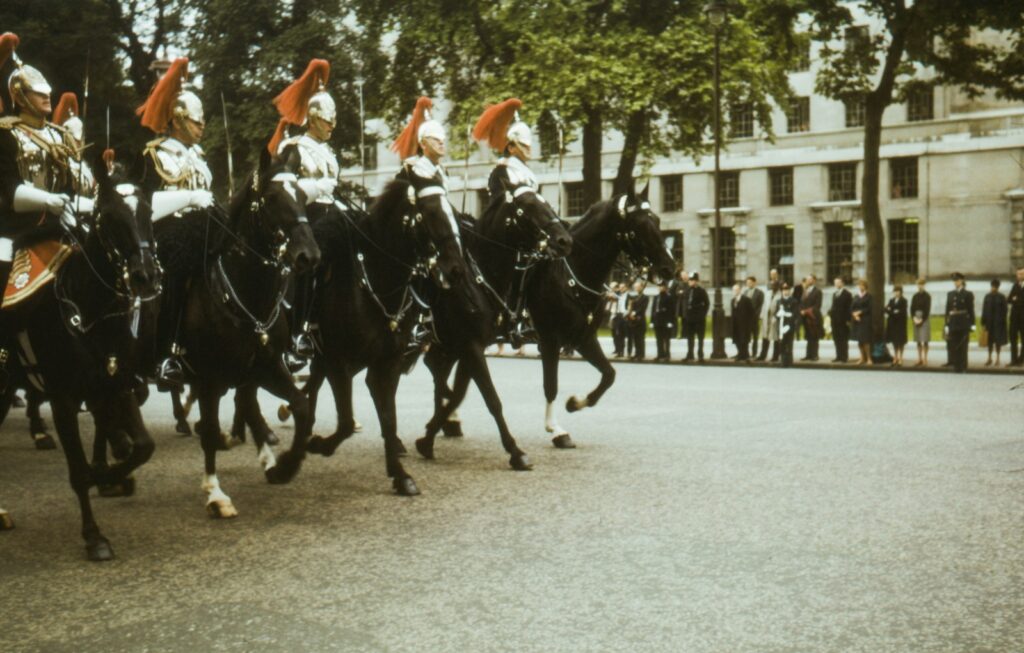Parades and public events offer wonderful opportunities to showcase the beauty, grace, and training of horses while creating memorable experiences for spectators and participants alike. However, preparing a horse for these stimulating environments requires careful planning, consistent training, and a deep understanding of equine psychology. The hustle and bustle of crowds, unusual noises, visual stimulations, and unfamiliar surroundings can challenge even the most well-mannered horse. With proper preparation and a methodical approach to training, you can help your equine companion develop the confidence and calmness needed to navigate these exciting but potentially overwhelming situations. This comprehensive guide will walk you through the essential steps to successfully prepare your horse for parades and public events, ensuring both safety and enjoyment for everyone involved.
Assessing Your Horse’s Temperament and Suitability
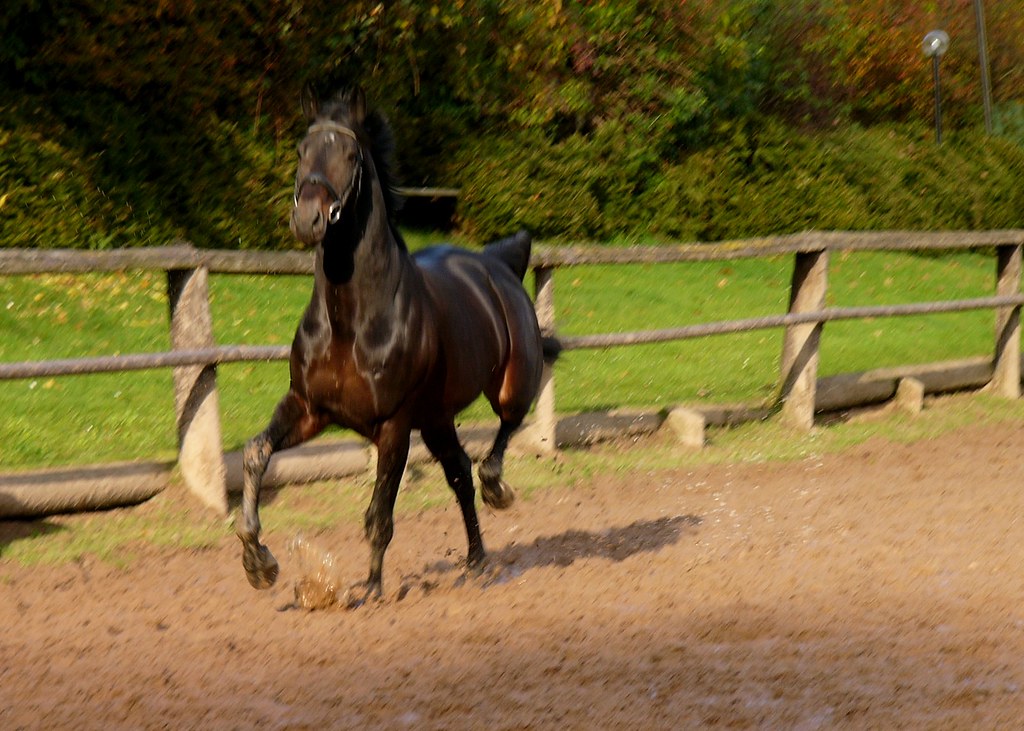
Before embarking on parade training, it’s essential to honestly evaluate whether your horse has the right temperament for such activities. Not all horses are suited for the sensory overload that parades present, regardless of training efforts. Look for a horse that naturally demonstrates curiosity rather than fear when encountering new situations, recovers quickly from startles, and shows a willingness to trust human guidance. Horses with an overly reactive flight response or those prone to anxiety may find parades excessively stressful, potentially creating dangerous situations. Consider your horse’s age and experience level as well—younger horses typically require more extensive preparation, while horses with a solid foundation of basic training often adapt more readily. If you’re uncertain about your horse’s suitability, consult with an experienced trainer who can provide an objective assessment.
Establishing Strong Groundwork Fundamentals
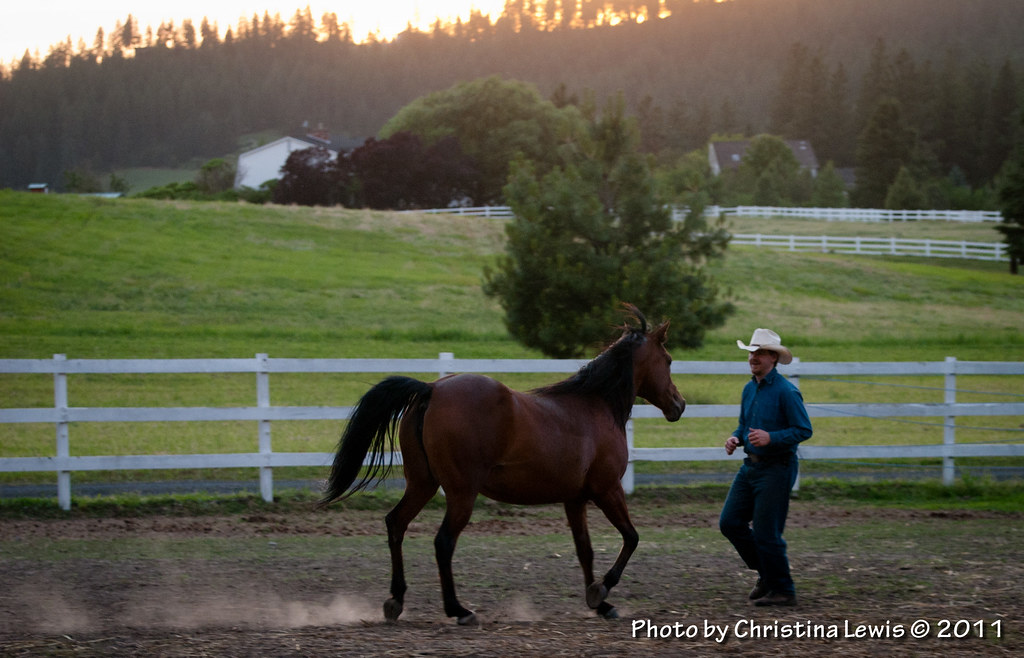
Solid groundwork forms the essential foundation for parade training, as it establishes respect, communication, and trust between you and your horse. Before introducing parade-specific elements, ensure your horse reliably responds to basic cues for stopping, backing up, moving sideways, and yielding to pressure. Practice leading exercises that require your horse to maintain a consistent position beside you, neither lagging behind nor rushing ahead, while responding promptly to changes in your pace or direction. Incorporate ground exercises that develop your horse’s body awareness and coordination, such as walking over poles, navigating simple patterns, and moving through narrow spaces. This groundwork phase also provides valuable opportunities to observe how your horse processes and recovers from minor stressors, giving you insights into potential reactions during more stimulating environments and helping you develop effective calming strategies tailored to your horse’s specific needs.
Desensitizing to Visual Stimuli
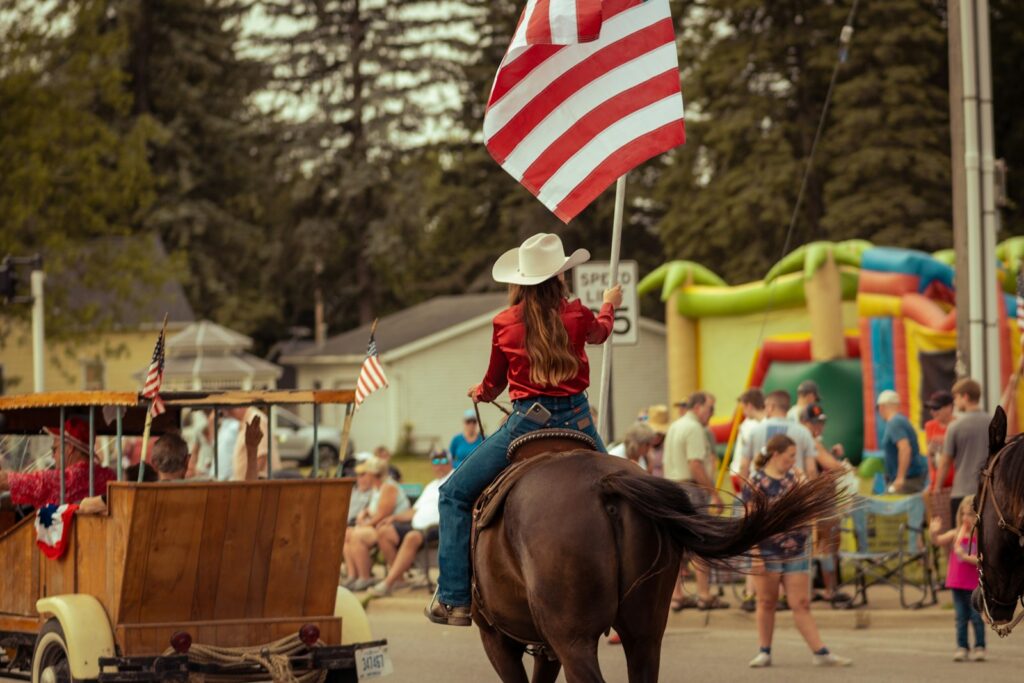
Parades bombard horses with unusual visual elements that rarely appear in their everyday environments, from fluttering flags and banners to colorful costumes and moving decorations. Begin desensitization by introducing stationary visual stimuli in a familiar, controlled environment where your horse feels secure, gradually progressing to more challenging items. Flags make excellent starting points—first allow your horse to investigate a folded flag, then a hanging stationary flag, and eventually one that moves in the breeze. Colorful streamers, umbrellas, balloons (kept at a safe distance), and unusual clothing items should be systematically introduced in a similar progression. Always reward calm investigation and acceptance with praise, treats, or rest periods. Remember that horses are prey animals with nearly 360-degree vision designed to detect motion, so moving objects often trigger stronger reactions than stationary ones. Practice leading your horse past these visual challenges from increasing proximity, ensuring you remain calm and confident in your own body language to communicate that these objects pose no threat.
Building Tolerance to Noise and Sound
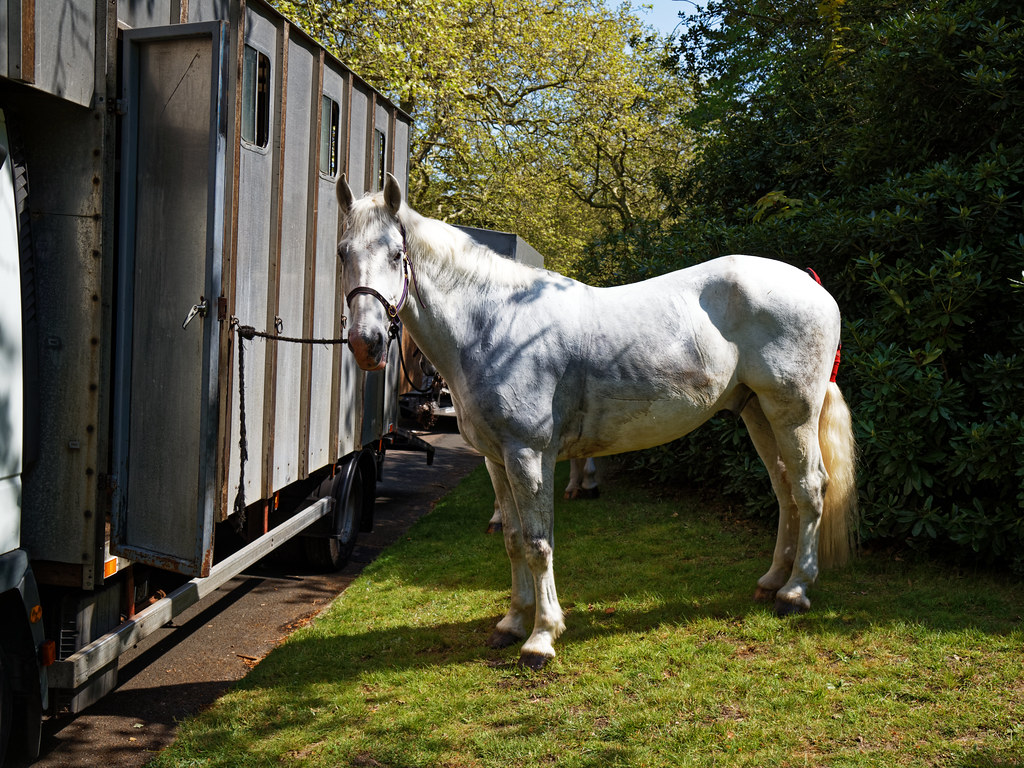
The acoustic landscape of parades presents one of the greatest challenges for horses, with sudden loud noises, music, announcements, and crowd sounds creating potential triggers for flight responses. Begin sound desensitization by playing recordings of parade sounds at very low volumes during feeding time, gradually increasing volume as your horse demonstrates comfort. Particularly focus on sudden, sharp noises like drums, horns, sirens, and applause, which typically cause more dramatic reactions than consistent background noise. Create your own controlled noise scenarios using items like plastic bags, rattling cans, clapping hands, and portable speakers with varying sound effects. The goal isn’t to eliminate your horse’s awareness of these sounds but rather to diminish the startle response and build recovery resilience. Many successful parade horses still notice unusual sounds but have learned to look to their handlers for reassurance rather than defaulting to escape behaviors. For horses struggling with acoustic sensitivity, specialized ear plugs or bonnets might help reduce—though not eliminate—sound intensity while maintaining necessary environmental awareness.
Practicing in Group Settings
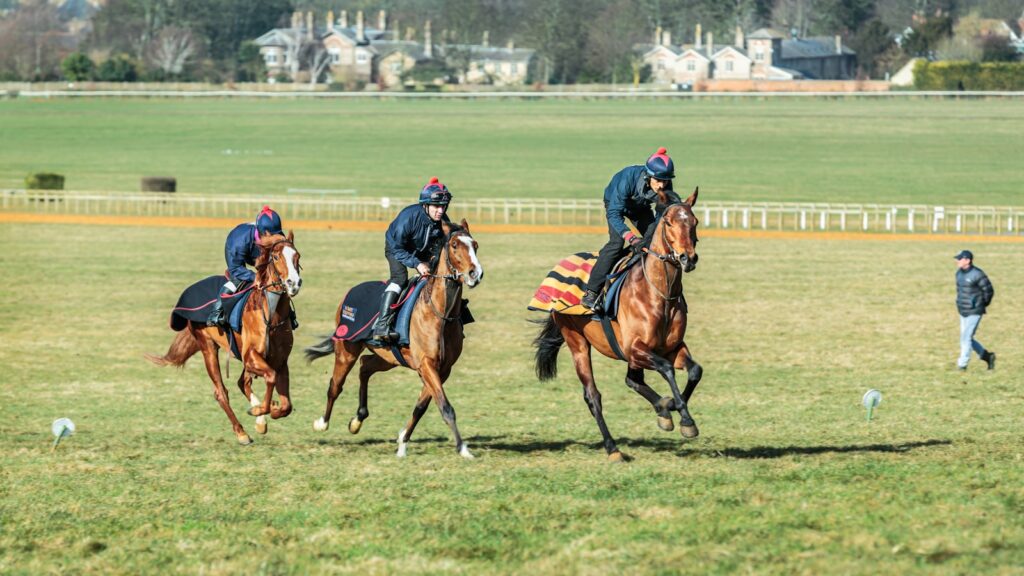
Horses are inherently social animals with herd instincts that influence their behavior in group settings, making practice in multi-horse environments crucial for parade preparation. Arrange training sessions with progressively larger groups of horses, starting with one or two calm companions and gradually working up to the number likely to participate in your target event. Pay particular attention to spacing—parade horses must maintain specific distances without crowding or falling too far behind, regardless of what other horses might be doing. Work on maintaining consistent pacing both when following directly behind another horse and when positioned alongside others in formation. These group sessions also provide opportunity to practice safe responses when another horse becomes anxious or misbehaves, teaching your horse to remain steady even when herd dynamics might normally trigger sympathetic reactions. Group training builds not only technical skills but also your horse’s confidence in navigating social interactions while remaining focused on your cues rather than defaulting to natural herd behaviors.
Adapting to Costume and Decoration Elements
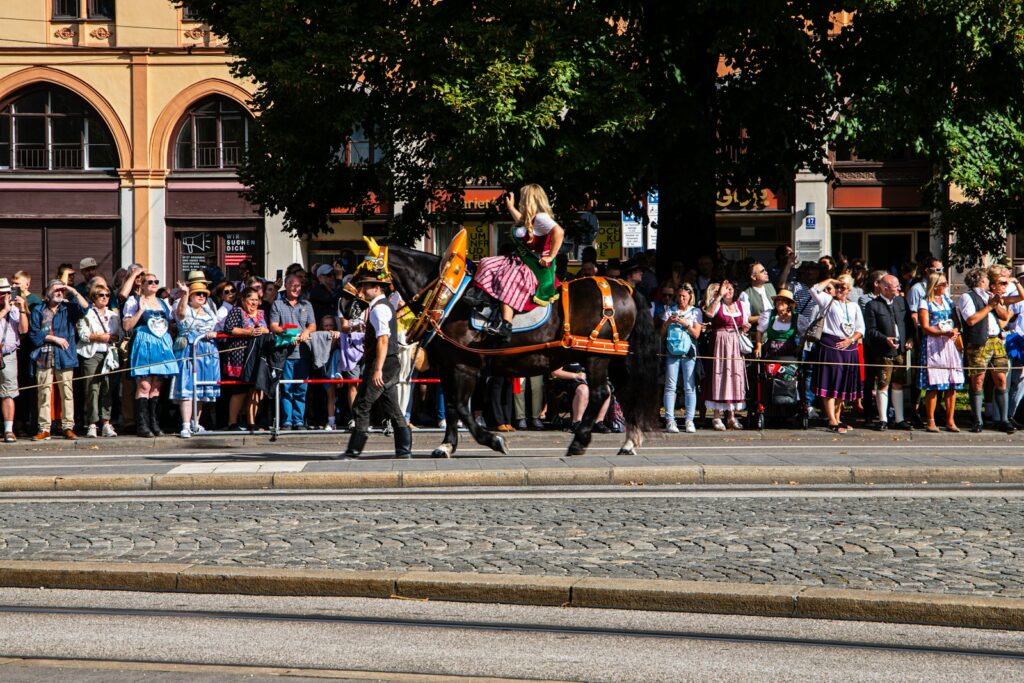
Parade horses often wear decorative elements that can feel strange and potentially restrictive, requiring careful introduction and systematic habituation. Begin with simple items like saddle pads in unusual colors or materials, gradually progressing to more elaborate decorations while always prioritizing safety and comfort. Introduce each new element individually—leg wraps, breast collars with decorations, saddle or bridle ornaments—allowing your horse sufficient time to accept each addition before combining multiple items. Pay particular attention to anything that creates motion near the horse’s sensitive areas like ears, face, legs, or tail, as these often trigger stronger reactions. For full costumes covering larger portions of the horse’s body, start with brief wearing periods in a familiar environment, gradually extending duration and introducing movement. Throughout the decoration training process, ensure all items are securely attached with breakaway features where appropriate, preventing potential entanglement hazards if your horse does become frightened. Never compromise your horse’s comfort or freedom of movement for decorative purposes, as discomfort will inevitably manifest as behavioral issues during high-stress parade environments.
Simulating Parade Conditions
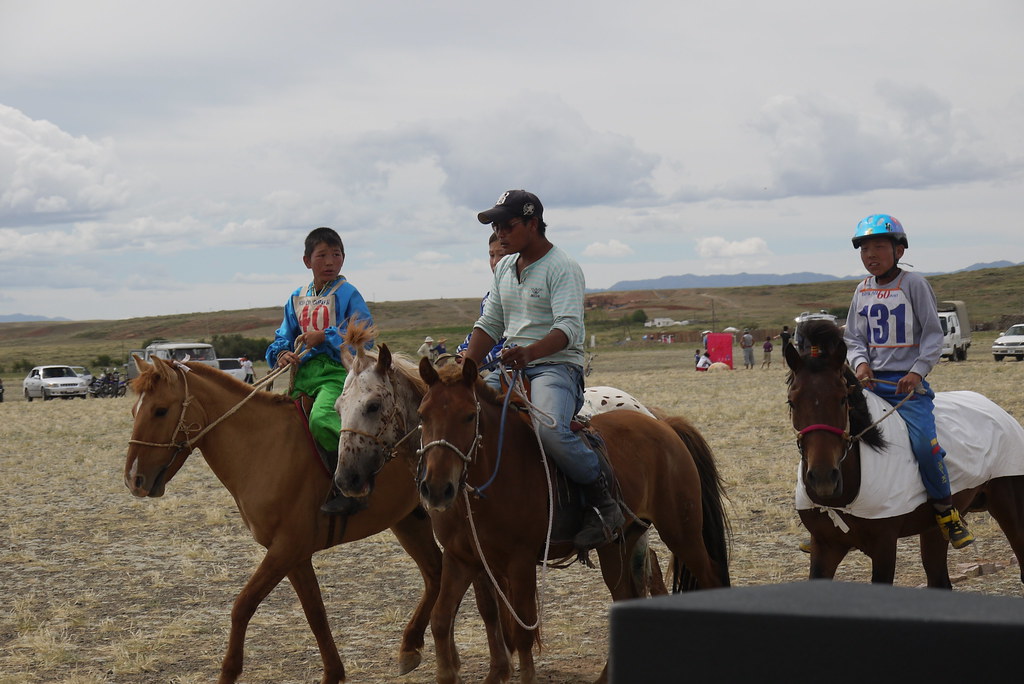
Creating realistic practice scenarios forms a critical bridge between isolated training exercises and actual parade participation. Set up mock parade routes incorporating multiple sensory challenges simultaneously—perhaps recruiting friends to create a simulated crowd environment with movement, noise, and visual distractions along a designated path. Practice walking on different surfaces like asphalt, concrete, or metal bridges that produce unfamiliar sounds and sensations beneath your horse’s hooves. Introduce common parade obstacles like puddles, manhole covers, street drains, fluttering caution tape, or trash cans that might appear along urban routes. Gradually increase the realism and intensity of your simulations, perhaps coordinating with other equestrians to create mini-parade practices that incorporate formation riding, music, and coordinated movements. These comprehensive simulations help identify specific triggers or weak points in your horse’s training that might not emerge during isolated desensitization work, allowing you to address potential problems before they arise in public settings with higher stakes and fewer controls.
Managing Expectations and Energy Levels
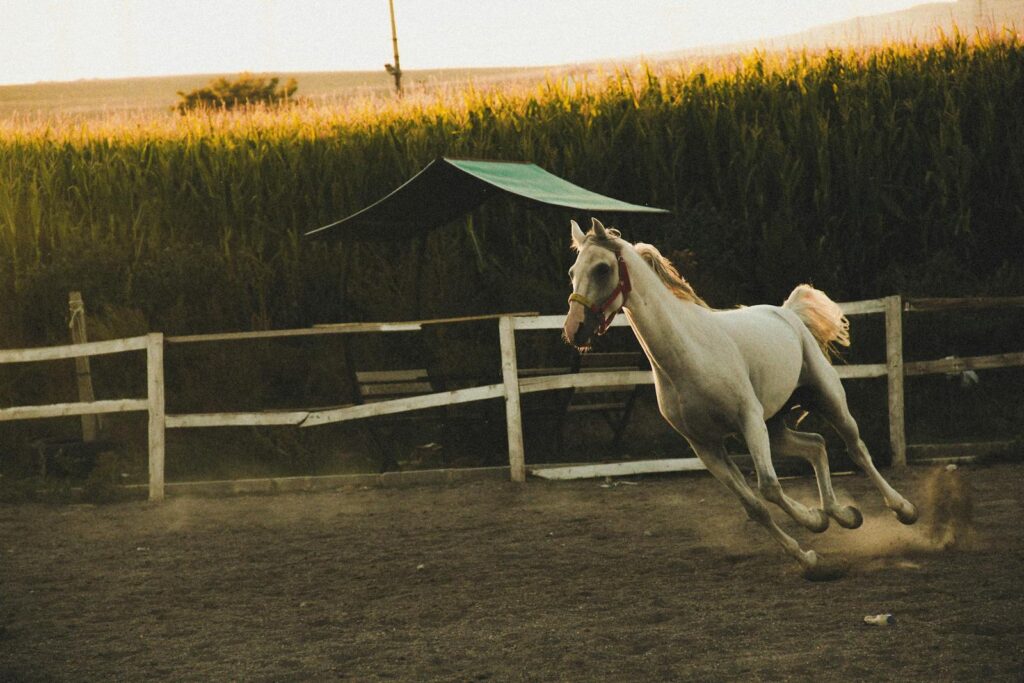
Understanding and appropriately managing your horse’s energy levels significantly impacts parade success, requiring thoughtful planning around exercise, feeding, and overall preparation. Consider scheduling a moderate workout before the parade to take the edge off excess energy without causing fatigue, finding the optimal balance for your particular horse’s temperament and fitness level. Adjust feeding routines to avoid high-energy feed concentrates immediately before the event, potentially replacing some grain with additional hay to provide sustained energy without excess exuberance. Be realistic about your horse’s current capabilities and comfort zone—pushing too far too quickly often results in setbacks rather than progress, while respecting individual thresholds builds confidence over time. Remember that environmental factors like weather conditions, time of day, and seasonal changes can dramatically affect equine behavior and energy levels, necessitating adjustments to your management strategy. Even well-trained parade horses may have off days or unexpected reactions, so maintain flexible expectations and prioritize safety and positive experiences over perfect performance.
Trailering and Transportation Preparation
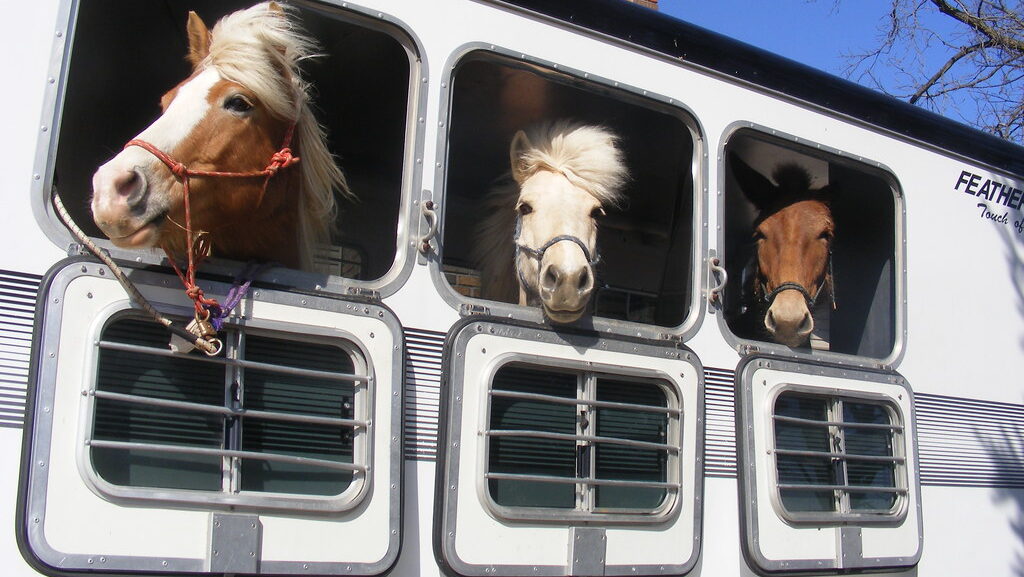
Many parades require transporting your horse to unfamiliar locations, making trailer loading and travel composure essential components of comprehensive parade preparation. Practice loading and unloading under various conditions, including different times of day, weather situations, and with varying levels of activity around the trailer area. For horses new to trailering, build positive associations through short, successful trips followed by enjoyable experiences, gradually increasing travel duration as confidence grows. Consider the specific challenges of parade-day logistics—horses may need to stand in trailers for extended periods during staging, unload in busy, confined areas, or navigate unfamiliar parking facilities with limited space. Prepare for these scenarios by practicing patience during loading delays and standing quietly in the trailer for progressively longer periods. Familiarize your horse with various unloading situations, including backing out in confined spaces or exiting into busy environments where immediate organization is necessary. Well-developed trailering skills prevent transportation stress from depleting your horse’s coping resources before the parade even begins.
Creating Strong Handler-Horse Communication
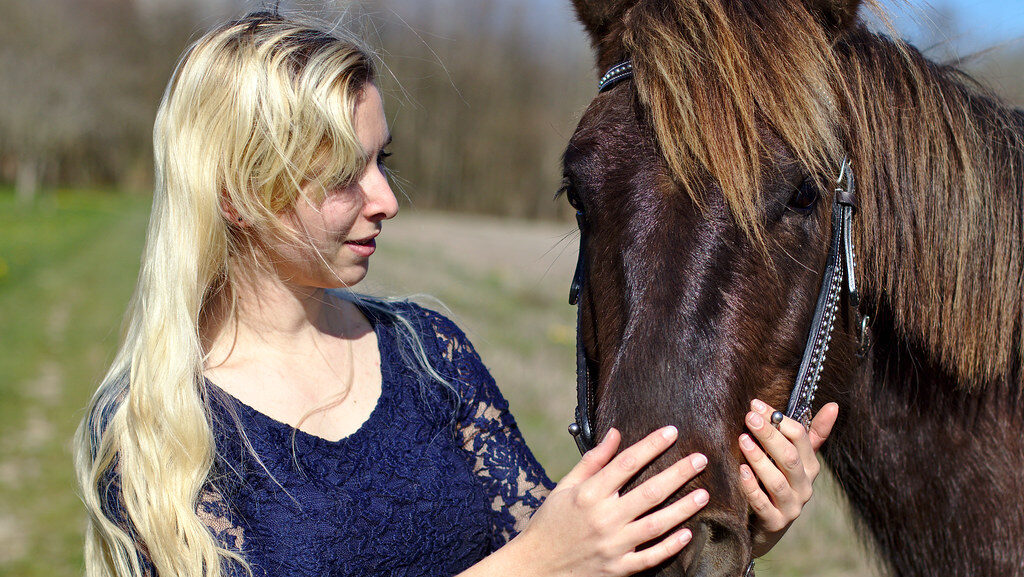
Clear, consistent communication between handler and horse becomes paramount in the stimulating parade environment where normal cues might be difficult to deliver or receive. Develop and reinforce a reliable set of vocal commands that can cut through environmental noise when physical cues become challenging to execute. Establish subtle, nuanced signaling systems that allow communication even when holding flags, props, or managing other parade elements simultaneously. Practice emergency communication protocols for potentially dangerous situations, ensuring your horse responds immediately to critical safety cues regardless of distractions. Strong communication also encompasses reading your horse’s subtle stress indicators—ear position changes, muscle tension, breathing rate, or shifting eye focus—allowing you to provide reassurance or direction before minor stress escalates into significant anxiety. The handler’s emotional state directly impacts the horse’s confidence, so develop your own skills in maintaining calm, assertive leadership even amidst challenging situations, as your horse will look to you for cues about how to interpret unfamiliar stimuli.
Selecting Appropriate Tack and Equipment
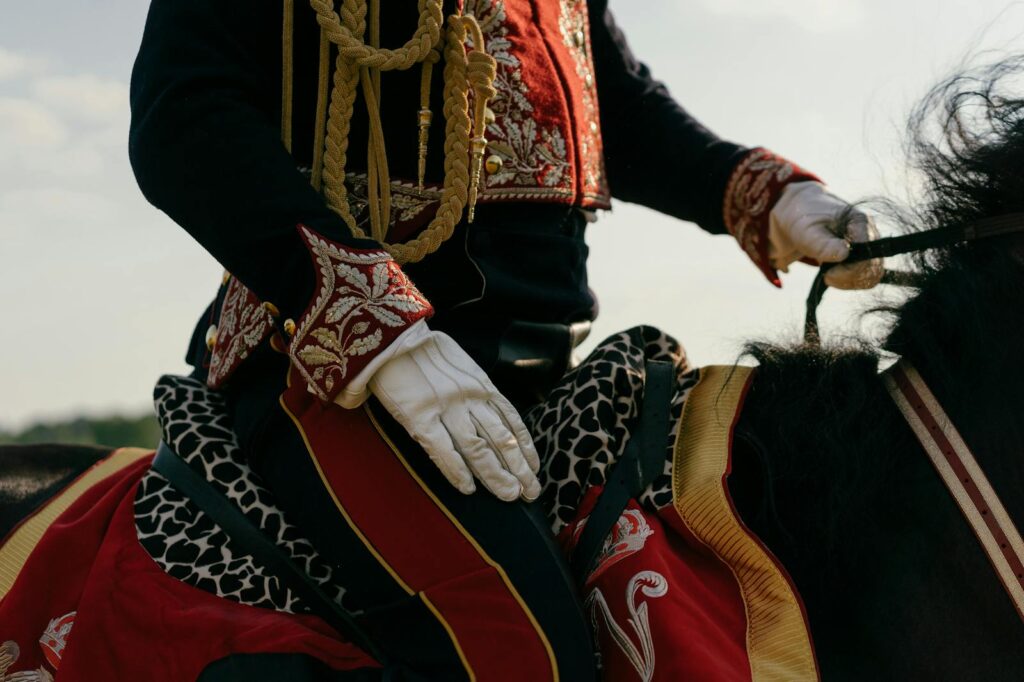
Parade settings demand reliable, secure equipment that maximizes control while ensuring both safety and comfort during extended use. Choose bridles and bits that provide clear communication without causing discomfort or excessive restriction, recognizing that parade scenarios may require more definitive control options than everyday riding situations. Ensure all equipment fits properly, as ill-fitting tack creates discomfort that compounds stress and can manifest as behavioral problems during high-stimulus environments. Consider specialized parade equipment like matching leg protection that prevents injury from uneven surfaces while adding decorative appeal, or breast collars that provide stability for elaborate saddles during formation movements. Safety features should include quick-release mechanisms on essential connection points and breakaway elements on decorative components to prevent entanglement hazards. Bright, reflective additions not only enhance visibility for spectators but also improve safety when sharing routes with vehicles or in low-light conditions during evening parades. Test all equipment combinations during training sessions, as unfamiliar tack introduced on parade day can create unnecessary stress and unpredictable reactions.
Navigating Parade Day Logistics
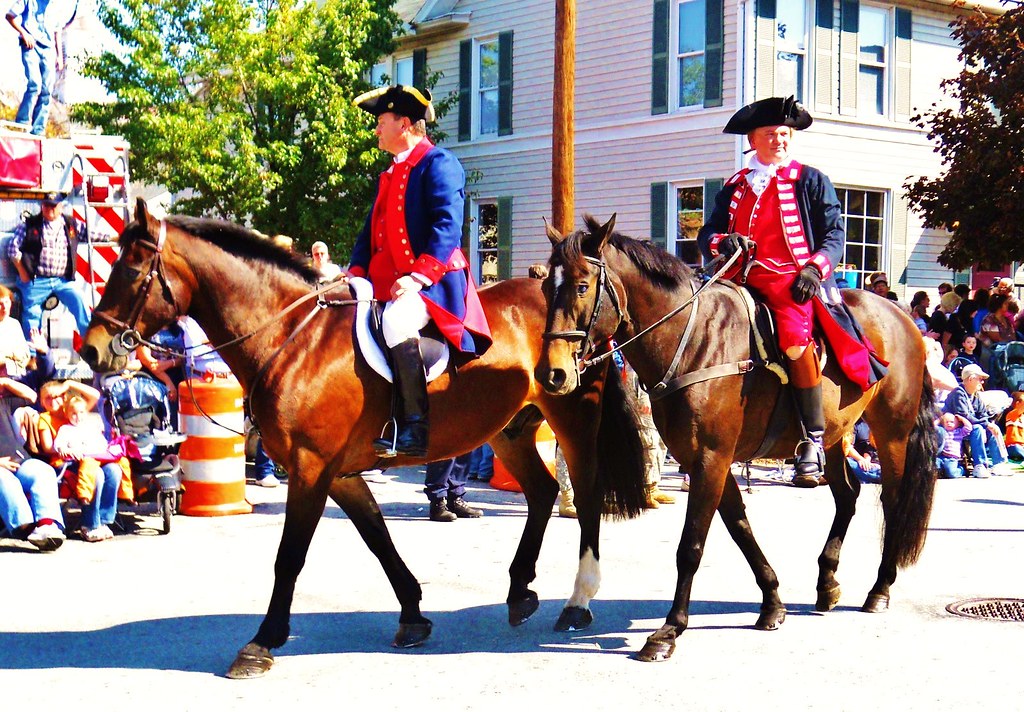
Successfully managing parade day involves meticulous planning that begins well before the actual event. Arrive significantly earlier than required to allow ample time for unloading, preparation, and acclimation to the staging environment before the parade’s commencement. Create a detailed checklist covering equipment, decorations, documentation, emergency supplies, and support personnel responsibilities to prevent last-minute complications or forgotten essentials. Scout the parade route in advance whenever possible, identifying potential challenge points like narrow passages, unusual surfaces, busy intersections, or areas with concentrated noise or activity. Connect with parade organizers regarding specific equestrian requirements, restrictions, cleanup responsibilities, and emergency protocols for equine participants. Coordinate with experienced handlers who can provide ground support at critical junctures or assist if challenging situations develop during the parade. Establish clear communication channels with your support team and parade officials, ensuring everyone understands their responsibilities and contingency plans if unexpected situations arise. Thorough logistical preparation allows you to focus fully on your horse during the event rather than becoming distracted by preventable complications.
Developing Post-Event Recovery Routines
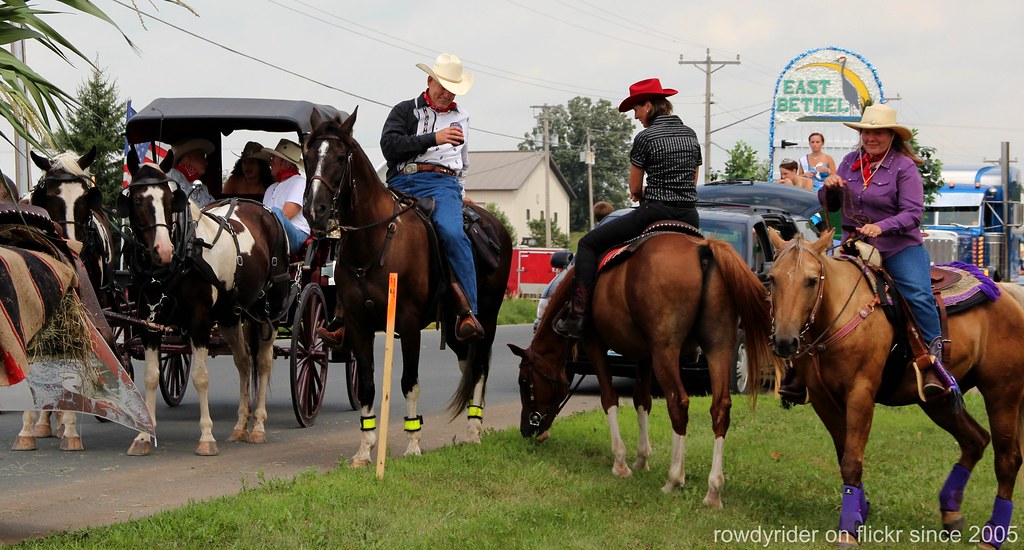
The conclusion of a parade marks the beginning of essential recovery processes for your horse, requiring thoughtful aftercare to support physical and mental wellbeing. Immediately after the parade, conduct a thorough physical assessment checking for any subtle injuries, stress indicators, or equipment rubs that might have developed during the event. Provide appropriate cooling down through controlled walking, followed by comprehensive grooming to remove sweat, dirt, and any parade decorations that might cause discomfort. Offer small sips of water immediately with full access once the horse has cooled down completely, monitoring for normal drinking and elimination patterns that indicate healthy recovery. Consider including electrolyte supplementation appropriate to the weather conditions and exertion level, particularly during hot weather events where dehydration risks increase. Beyond physical care, allow mental decompression through quiet grazing time or return to familiar surroundings where your horse can process the experience without additional stimulation. Reflect on the parade experience, noting both successful moments and areas for improvement in your training approach, using each public appearance as valuable feedback for refining future preparation strategies.
Successfully preparing horses for parades represents a significant achievement in training and partnership, reflecting deep mutual trust and extensive preparation. While the journey requires patience, consistency, and methodical progression, the rewards extend far beyond the parade itself. Horses that confidently navigate public events typically develop greater adaptability in all aspects of handling and riding, demonstrating enhanced trust in their handlers across various situations. The skills acquired through parade preparation—from desensitization techniques to clear communication under pressure—create a more bombproof, reliable equine partner for all activities. Whether you’re preparing for a small local festival or a major televised parade, the fundamental principles remain consistent: build a solid foundation, progress gradually, respect individual thresholds, and celebrate incremental successes. With proper training and preparation, parade participation can become a fulfilling experience that showcases the remarkable partnership between humans and horses while creating lasting memories for participants and spectators alike.

